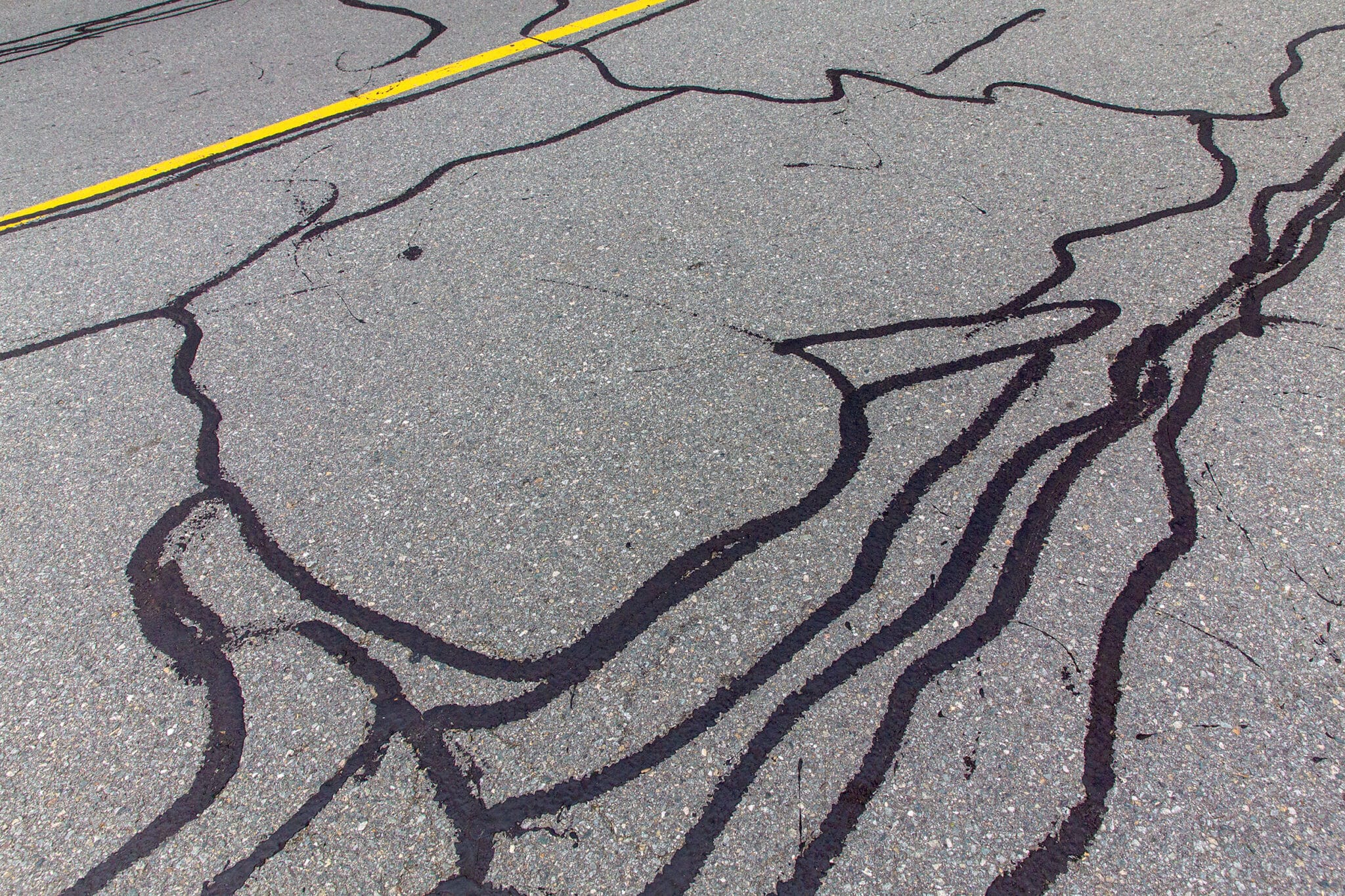Rejuvenate Angle Parking Lots: Asphalt Sealing Techniques Revealed
Rejuvenate Angle Parking Lots: Asphalt Sealing Techniques Revealed
Blog Article
Cold Mix Asphalt Vs. Hot Mix Asphalt: Which Is Right for You?

Composition Distinctions
Cold mix asphalt is produced by emulsifying the asphalt binder with water and an emulsifying representative prior to blending it with aggregate. The hot mix asphalt manufacturing process entails warming the aggregate and asphalt binder independently before integrating them at the asphalt plant.
In addition, chilly mix asphalt often tends to be much less dense and much more adaptable than hot mix asphalt. This adaptability makes it much better matched for areas with greater degrees of motion, such as driveways or roadways with hefty website traffic. On the other hand, hot mix asphalt is understood for its high resilience and resistance to rutting and splitting, making it a preferred option for freeways and high-traffic roads where longevity is important.
Installment Process Variances
The process of mounting chilly mix and warm mix asphalt exhibits significant differences in their procedures and demands. In contrast, hot mix asphalt necessitates a much more elaborate installment procedure. Due to the home heating requirements, hot mix asphalt setups are usually lugged out by experts with specific equipment, making sure an extra structurally sound and irreversible result.
Sturdiness and Durability Aspects
When considering asphalt alternatives, durability and longevity are crucial variables to review for long lasting pavement performance. Hot mix asphalt (HMA) is recognized for its outstanding longevity and durability. The heats during the mixing and laying process enable far better compaction, resulting in a denser and more powerful sidewalk structure. This causes HMA being much more immune to heavy website traffic loads, harsh climate condition, and the effects old compared to cool mix asphalt (CMA)
In terms of long life, HMA generally exceeds CMA as a result of its superior toughness and resistance properties. HMA sidewalks have a longer life span, calling for much less constant repairs and maintenance, which can convert to cost savings in the lengthy run. Furthermore, HMA pavements are much more easily personalized to satisfy certain job needs, further boosting their longevity.
Expense Factors To Consider
Considering the monetary implications is a crucial facet when assessing the choice in between hot mix asphalt (HMA) and chilly mix asphalt (CMA) for sidewalk jobs. While the initial cost of warm mix asphalt is generally greater than that of cold mix asphalt, HMA usually supplies an extra cost-efficient remedy in the future because of its remarkable resilience and longevity. HMA is recognized for its capacity see to hold up against hefty web traffic tons and rough climate condition, reducing the requirement for frequent repair services and maintenance. On the other hand, cool mix asphalt is much more budget-friendly in advance however might require even more regular patching and resurfacing, leading to higher upkeep prices with time.
In enhancement to product expenses, it's important to think about the expenditures connected with installation and upkeep when comparing HMA and CMA. Inevitably, the choice between HMA and CMA need to take into account not simply the preliminary price however also the long-term economic implications to establish the most cost-effective choice for the particular sidewalk job.
Environmental Effect Contrast
Comparison of the environmental effects between warm mix asphalt (HMA) and cold mix asphalt (CMA) reveals unique differences in sustainability practices. HMA production needs high temperatures, leading to enhanced energy consumption and greenhouse gas exhausts.
In addition, the use of CMA frequently involves recycling existing asphalt sidewalk, advertising resource preservation and decreasing the amount of waste sent to landfills. This recycling aspect additionally boosts the sustainability of CMA contrasted to HMA. More Help In general, when considering the ecological effect, CMA arises as a more environmentally sustainable choice as a result of its lower power requirements, decreased exhausts, and the capacity for reusing existing products. By selecting CMA over HMA, road building and construction projects can add positively to ecological conservation efforts.
Final Thought
Finally, the selection in between chilly mix asphalt (CMA) and warm mix asphalt (HMA) relies on various elements such as composition, setup procedure, sturdiness, durability, expense, and environmental effect. asphalt patch repair. While CMA Learn More Here supplies a economical and quick remedy for minor repair work, HMA makes sure superior toughness and durability for rush hour areas. Take into consideration these elements meticulously to figure out which kind of asphalt is the ideal choice for your paving needs
.png)
Thinking about the monetary implications is an essential facet when examining the choice between hot mix asphalt (HMA) and cold mix asphalt (CMA) for pavement projects. While the first expense of hot mix asphalt is generally higher than that of chilly mix asphalt, HMA frequently offers an extra economical option in the long run due to its exceptional toughness and durability. angle parking.Comparison of the environmental effects in between hot mix asphalt (HMA) and cool mix asphalt (CMA) discloses distinctive distinctions in sustainability methods.In conclusion, the option in between cold mix asphalt (CMA) and hot mix asphalt (HMA) depends on numerous factors such as make-up, installation procedure, resilience, long life, price, and environmental effect
Report this page